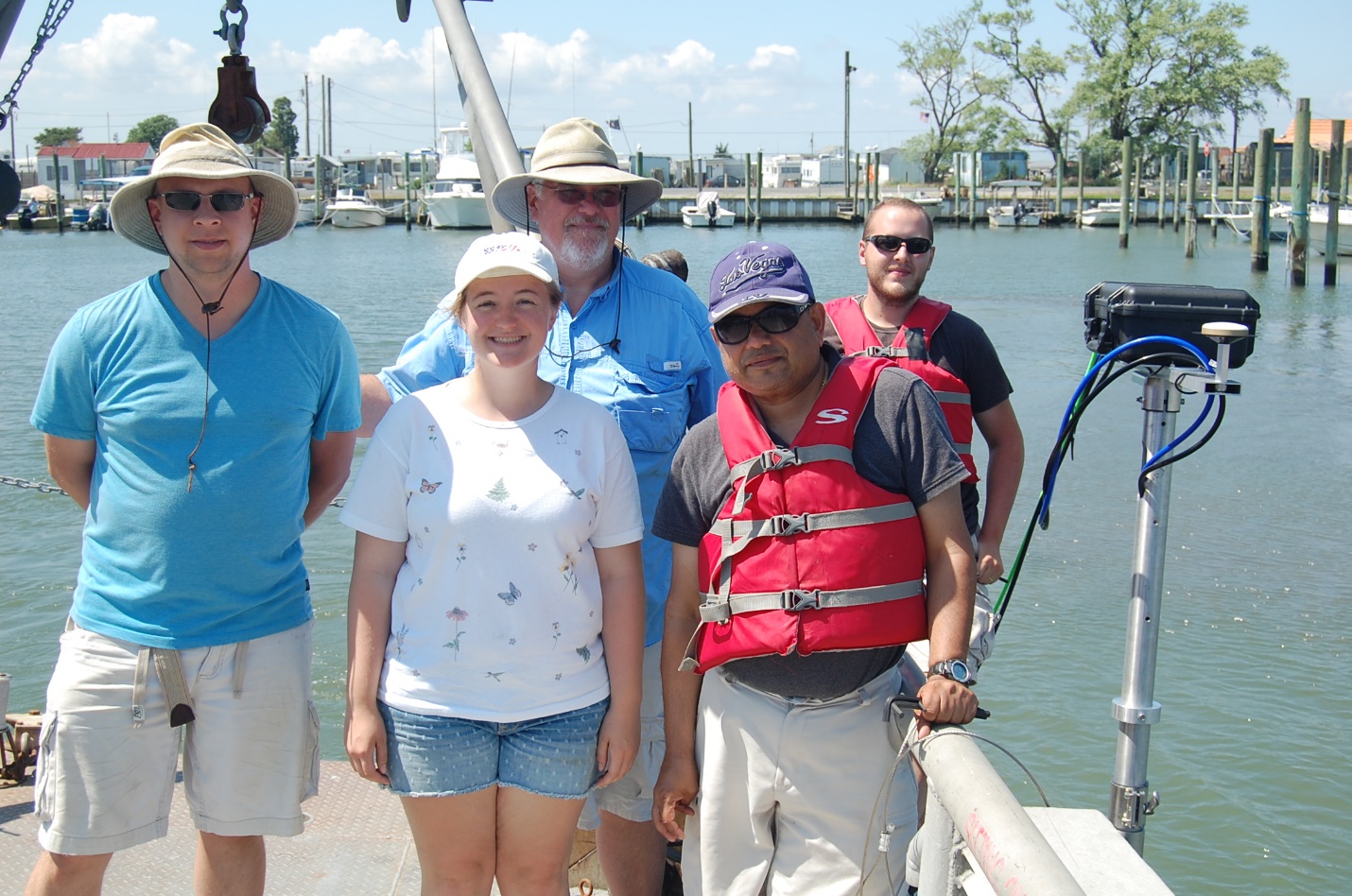Environmental Ocean Sciences
What makes Millersville Environmental Ocean Sciences Special?
Why study at MU?
Our Ocean Sciences program is among the Top 10 Values in Oceanography.
Ocean Science Facilities
Over the last two decades, Millersville Earth Sciences has built a unique facility for teaching and research in oceanography among universities in Pennsylvania. A dedicated oceanography laboratory is used for teaching our various environmental ocean science courses. Recently, we added a new hydrodynamics laboratory equipped with a 25-ft wave tank for study of surface wave phenomena, a rotating tank to demonstrate geophysical fluid concepts, and an Emriver platform to model sediment dynamics of coastlines. Our state-of-the-art field equipment includes a two Conductivity Temperature-Depth profilers (with one of them fitted with a backscattering, Li-Cor, fluorescence and oxygen sensors), an acoustic current meter, a portable weather station, and a Seabird tide/wave gauge.
We are proud to be the founding member of The Marine Science Consortium / Chincoteague Bay Field Station (CBFS), located on the beautiful Virginia coast and boasts direct boat access to the Atlantic Ocean, and adjacent waters of Chincoteague and Assateague coastal waters. The CBFS is owned and operated by the Pennsylvania State System of Higher Education, and attracts students of all ages from the surrounding mid-Atlantic region. CBFS research vessels, the R.V. Philip N. Parker, RV Flatfish, and the R.V. Mollusk, are used by EEOS faculty and students for the exploration and study of coastal, estuarine and continental shelf waters, and a variety of smaller boats, canoes and kayaks allow easy access to and study of near-shore shallow-water environments . The EEOS program includes weekend and summer study and research at the CBFS and provides MU students with invaluable hands-on experience with modern research tools and techniques. The CBFS has recently undergone a $15 million renovation complete with new housing, classrooms, administration buildings and state of the art computer and lab facilities.
Research, Activities, & News
EEOS Students present at OCEAN SCIENCES MEETING
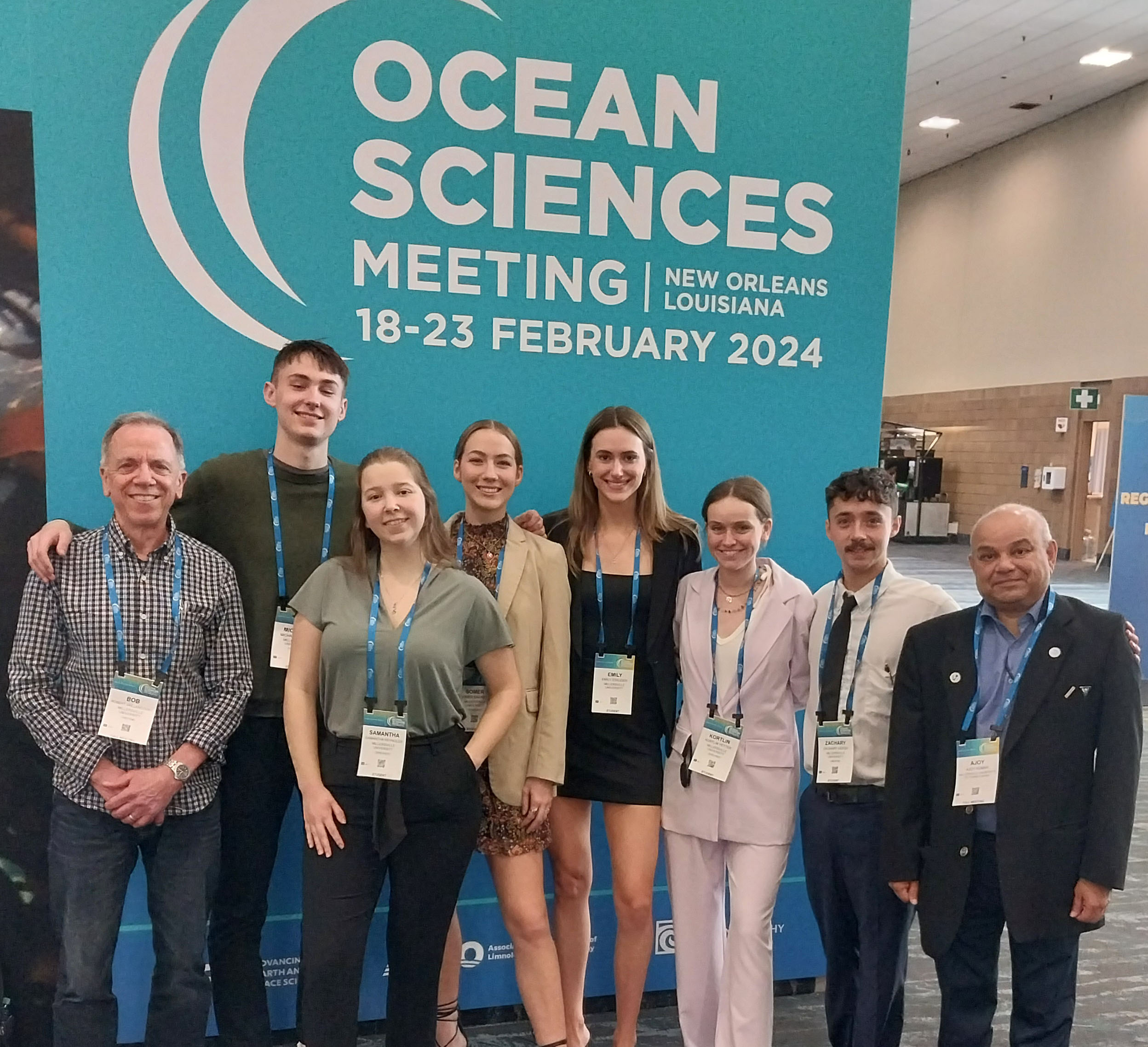
Oceanography students Mike Miller, Samantha Reynolds, Somer Barrett, Emily Stauder, Kortlin Yetter, and Zach Hersch (from left to right) presented their research at the Ocean Sciences Meeting 2024 in New Orleans in February. Professors Robert Vaillancourt (left) and Ajoy Kumar (right) accompanied them.
EEOS Students present at NCUR
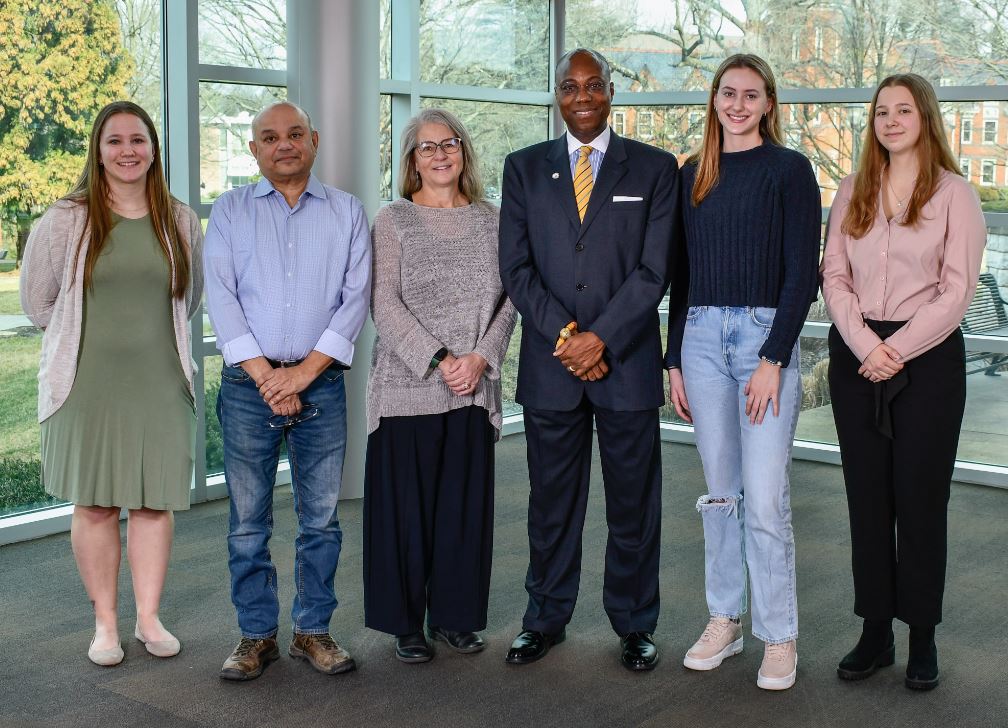
Three Environmental Earth and Ocean Sciences (EEOS) students were selected to present their research at the National Conference on Undergraduate Research (NCUR) at the University of Wisconsin-Eau Claire on April 13-15, 2023. NCUR promotes undergraduate research, scholarship and creative activity through an annual conference for undergraduate students.
Natalie Sprague, "The State of Dissolved Oxygen in the Longhurst Ecological Provinces," Faculty Advisor: Dr. Ajoy Kumar
Emily Stauder, "Student Shark Research at Millersville University," Faculty Advisors: Dr. Ajoy Kumar and Dr. Dominique Didier
Samantha Reynolds, "Physiological and Behavioral Effects of Ocean Acidification on Two Species of Intertidal Snail," Faculty Advisors: Dr. Ajoy Kumar and Isaac Ligocki
First ever mapping of lancaster county lake complete
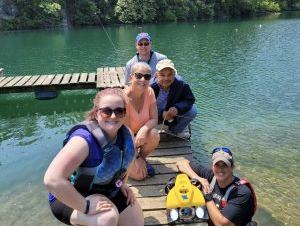
For the first time ever, a lake in Lancaster County has been mapped, thanks to Millersville University biology student Elefteria Papavasilis who is working with Millersville professors Dr. Ajoy Kumar and Dr. Dominique Didier. They completed the first phase of the project during summer 2021 studying Lake Allure in Quarryville, Pennsylvania, for its eventual use as a training ground for scuba diving. Read more..
DES faculty and students participate in WACS II
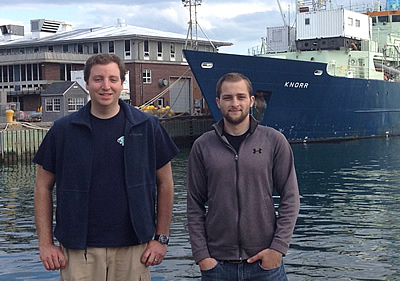
Dr. Robert Vaillancourt, Evan Ntonados (OSCS/MET) and Jeremiah Stone (BIOL/OSCS) participated in a NOAA-sponsored project, the West Atlantic Climate Study (WACS II) aboard the research vessel (RV) Knorr, a 279-foot global class research ship, from May 18 to June 7. The focus of WACS II was to determine the links between surface ocean phytoplankton and the production of freshly-emitted sea-spray aerosols, organic compounds produced by phytoplankton that are then ejected to the lower atmosphere and impact Earth’s climate by attenuating incoming solar radiation and providing cloud condensation nuclei. The multi-investigator study site extended from just south of Nova Scotia Canada to the waters around Bermuda, and was headed by NOAA scientist Dr. Patricia Quinn, of the Pacific Marine Environmental Laboratory, Seattle WA. The Millersville University contribution was to measure phytoplankton biomass and species composition in the ocean’s upper mixed layer.
Submersible Research Team
Members of the Submersible Research Team prepare to survey the Chincoteague Channel to study sediment transport in the area. Members include Geoinformatics graduate student Nathan Murry, undergraduate students from Ocean Sciences and Coastal Studies (OSCS) and Applied Engineering Science and Technology (AEST), Amanda Hardin and Michael P. Wiles. Dr. Joseph McCade (AEST) and Dr. Ajoy Kumar (OSCS) are the faculty advisors. The M3 sonar system used for the survey can be seen on the right side of the picture.
-
Best Ocean Program
